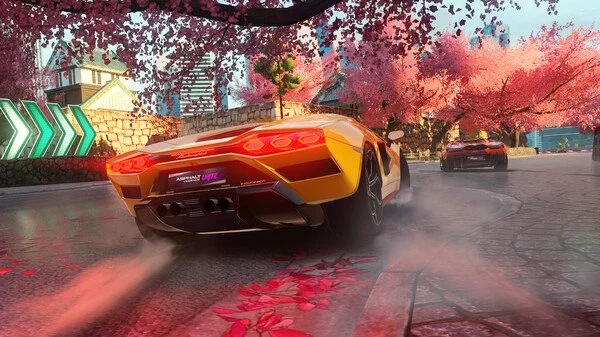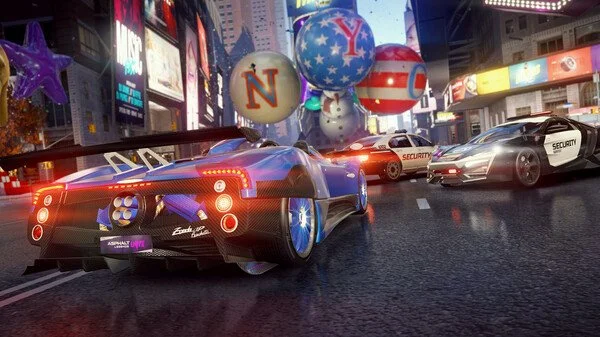
Asphalt Legends Unite is a Cross-platform F2P Arcade Racer where the biggest brands in Motorsport clash in worldwide races filled with jaw-dropping racing action.
Constantly being updated, Asphalt Legends Unite offers players an ever-growing collection of over 250 cars to collect and upgrade, collaborating with the motor world’s biggest brands: Ferrari, Lamborghini, Porsche, BMW, Mercedes... the list goes on
The game offers a wide variety of modes and types of events: from a complete and expansive Single-player career mode, to live competitive multiplayer series and constantly evolving Live Ops special events.
All of this, with the ability to play with friends all across PC, mobile and Consoles, with fully implemented Cross-play and Cross-save functions that make platform interplay as seamless as it can get.
In Asphalt Legends Unite, I took care of:
Feature Design:
I participated and took ownership of a few feature designs, from the benchmarking and initial proposal, to landing the documentation, regularly presenting and defending designs to stakeholders, developing UI fakes and flows and ensuring the correct implementation of the systems into the game.
Car Creation:
I regularly took care of the car creation and balancing of the new cars for each update of the game. I adjusted the chassis and suspension values of the car, as well as its initial and final stats, taking care of a proper progression between all statistics and ensuring an overall balance between the cars within the game.
Game Mode Creation:
I participated in the brainstorming of multiple Game Modes and also took ownership in the design of some of them, establishing the rules, developing the documentation and participating in the development of the mode, testing and providing feedback, iterating until the final design was completed.
On properly balancing cars:
When creating a new car, we must first identify what it is the desired performance we want from it, within the game's tiers and performance rankings. In the case of Asphalt, since we deal with preexisting cars, their real performance determines an approximate of where they land, but we still have quite some leeway with the stats and their progression. Once we select a car that fits the approximate area of the specific tier, we now have a specific frame of reference for how that car will need to perform.
The first step, therefore, is to analyze this frame. We pick the closest cars within the car's desired position and proceed to run tests with them. The main thing to look for is the average times and overall best time in a specific track we use for these tests, which contains every type of curve, obstacle, ramp and terrain that can possibly affect the car's performance.
We also take a look into the feel of the cars: first, how the handling affects the drifting and cornering, along with speed loss when turning. We then look at how the nitro affects the driving, since Asphalt has an intricate nitro system with multiple types of nitro boosting, each optimal for different types of situations, so the feel of the cars is also defined by this. Suspension and chassis adjustments also determine how the car reacts to jumping and landing. With Asphalt being such an airborne racing game, where jumps and ramps function as key ways of gaining speed, this is another important point to take into account. All of these tests are taken on different points of the car's stat progression, to also compare the focus of a car's specific progression.
When all of these factors for the reference cars have been analyzed, we proceed to decide the stats and feel we desire from the new car. The goal is to have the car feel different than its close referents, but most importantly, to select a specific time window for the car's performance.
Now begins the process of testing and iterating with different values until we obtain the desired results. There are three things to look out for:
1. Appropriate times both for the car without any upgrades and with its upgrades maxed out
2. A correct stats progression, where the impact on the car's performance by improving specific stats is balanced within all of the car's stats
3. A unique driving feel that gives the car a different feel within the frame of reference we have taken.
When all three points are satisfied, the car is deemed complete. While the process of car creation is individual, we usually take a second opinion from a fellow designer, since there is a bit of subjectivity involved in some aspects of the balancing. Overall is a process built on the fundamentals by which I usually design: Analysis, Conceptualization, Testing and Iteration.

